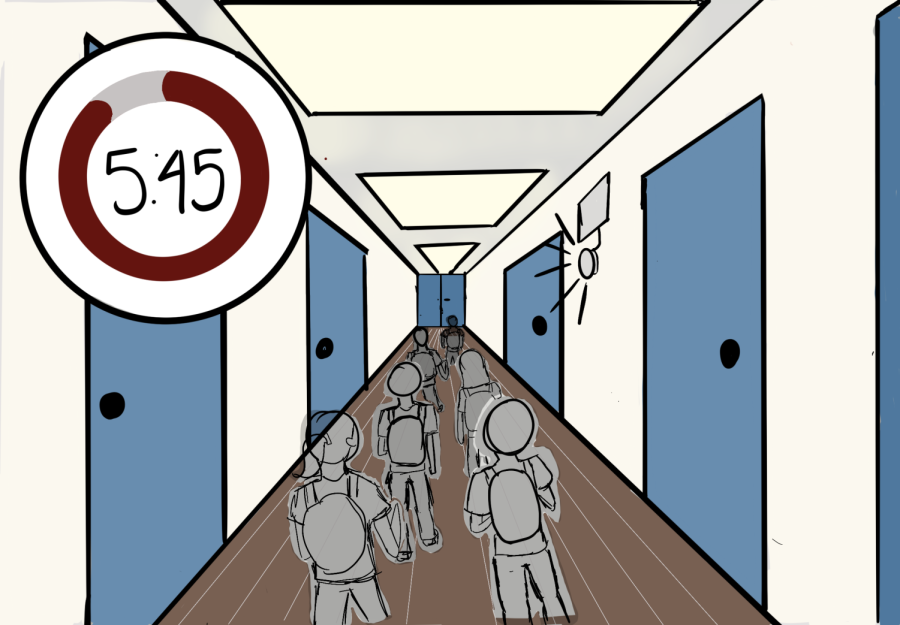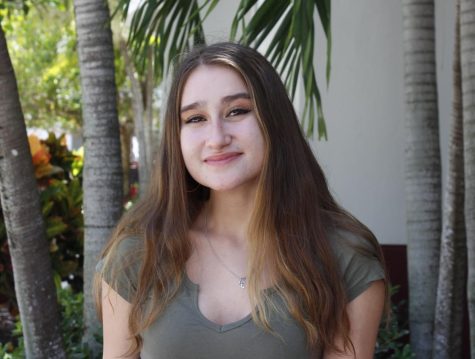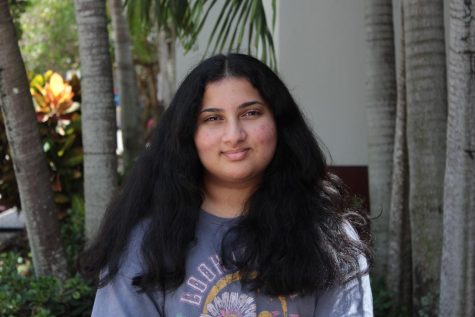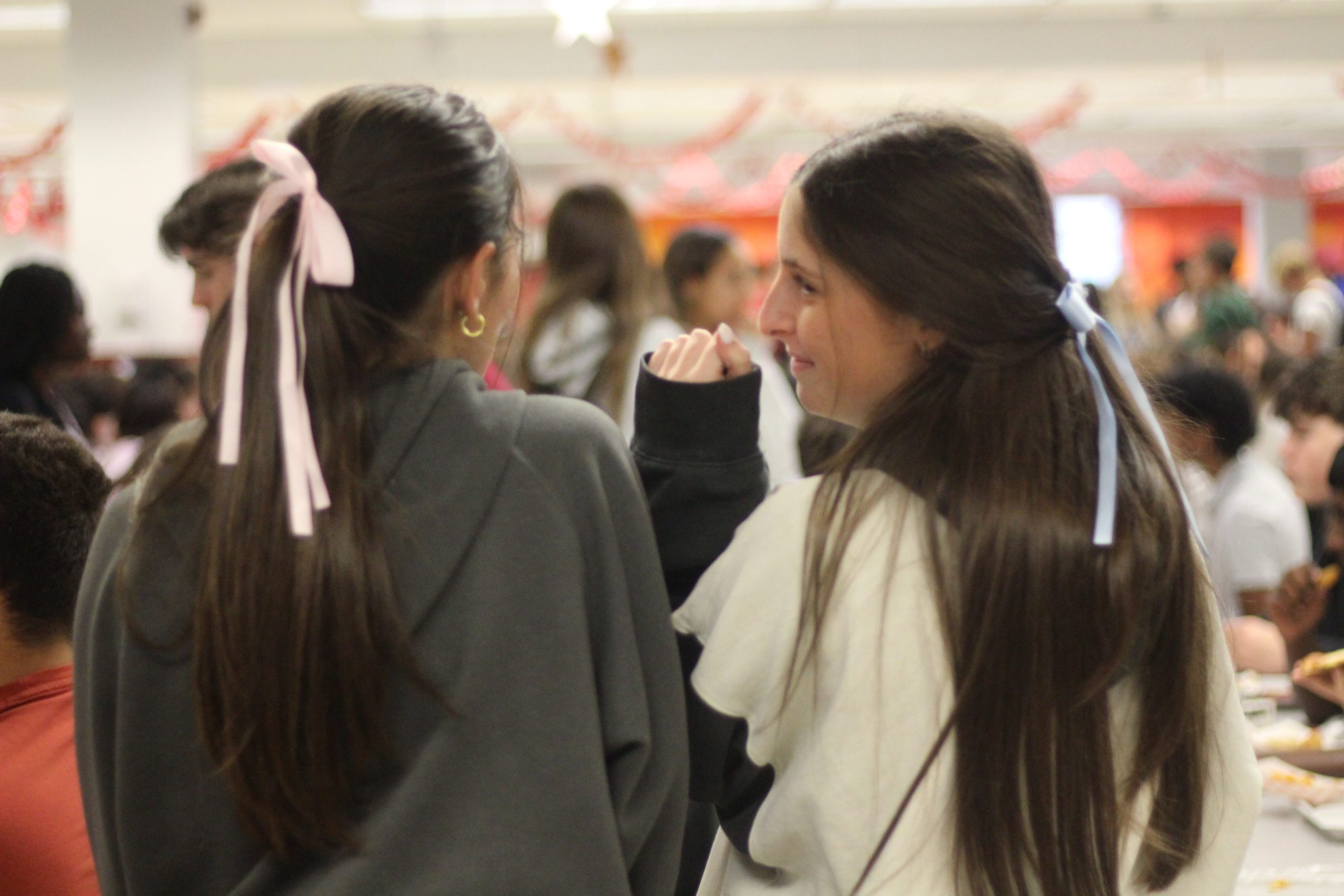BCPS reduces hallway passing time to add instructional minutes
Caught in the herd. Students at MSD have shorter passing periods in the new school year. Some find it more difficult to make it to class on time with only 6 minutes.
November 1, 2022
When Broward County Public Schools first implemented the A/B block schedule, students had an 8-minute passing period between classes, but this year, the district has reduced passing time to 6 minutes.
Before the implementation of the block schedule, MSD had used a straight 7 schedule that allowed a 5-minute passing period between each of the students’ six classes. When the school voted to switch to the newly developed A/B block schedule, a “personalization period” was added. This study hall time was intended to allow students to receive extra help from teachers while simultaneously providing them time to work on homework.
However, the Florida Department of Education did not consider this time to be instructional, which was made clear in a March 2020 audit, where the state informed the district that seniors had too little instructional time to graduate.
State law requires that students spend a total of 900 hours per school year in class. To fix the missing instructional time, the district implemented 91-minute classes with a 7-minute passing period last school year, instead of the 90-minute classes that the district had scheduled in previous years.
Despite these arrangements, the state found that seniors still did not have the required 900 yearly hours. Typically, seniors finish high school after their final exam week in late May, leaving only the underclassmen in school during the last couple of weeks. However, due to the missing hours, seniors last year were required to continue attending class even after their exams were over.
To allow seniors to resume finishing before the underclassmen, classes have been changed to 92-minutes, leaving students only 6 minutes to pass between classes.
“I think it’s just a little bit of an adjustment. It is only one minute per class,” Assistant Principal Daniel Lechtman said. “If I were a teacher, I don’t think it would affect me at all. It only affects the kids the first week of school [who] were saying ‘oh, I can’t get to class in six minutes,’ yet they do.”
Despite the bell schedule changing by only a minute, some students have found it difficult to travel to buildings that are far from each other, such as the 1500 building and 700 building, especially considering the crowded hallways.
“I have to avoid major intersections in order to get to class on time, so typically going ways that would take me longer and that are further from my classes,” junior Macy Meis said. “I have to take those routes in order to get to class, which is kind of frustrating. The first day of school, I was definitely late many times, so I had to find [less crowded] routes in order to get to class on time.”
Although several students are upset by this change in scheduling, Lechtman points out that this “gray cloud” may have a “silver lining.”
“[Students] can’t stop and linger for that extra two minutes that they used to,” Lechtman said. “And [administration] gets it that kids need hallway time, but– positives, it creates less discipline infractions in the hallway because kids got a purpose now– ‘Got to go, I can’t sit and cause trouble.’”
In addition to having two minutes added to classes, BCPS has also limited the number of Professional Study Days that high schoolers get this year. Previously, high schools had a PSD the first Thursday of every month for a total of eight. On PSDs, students leave at 11:40 a.m. instead of 2:40 p.m., allowing them time to study or obtain service hours, and providing teachers three hours to collaborate, plan instruction, and receive professional development. This year, there are only four all year.
“It is harder for us to plan what we want as goals. If we are trying to plan a goal for a semester, only having four PSDs tends to be harder when we don’t have time to plan,” English teacher Chelsea Briggs said.
As the new school year kicks off, students and faculty alike are learning to adjust to the new scheduling changes.
This story was originally published in the October 2022 Eagle Eye print edition.













